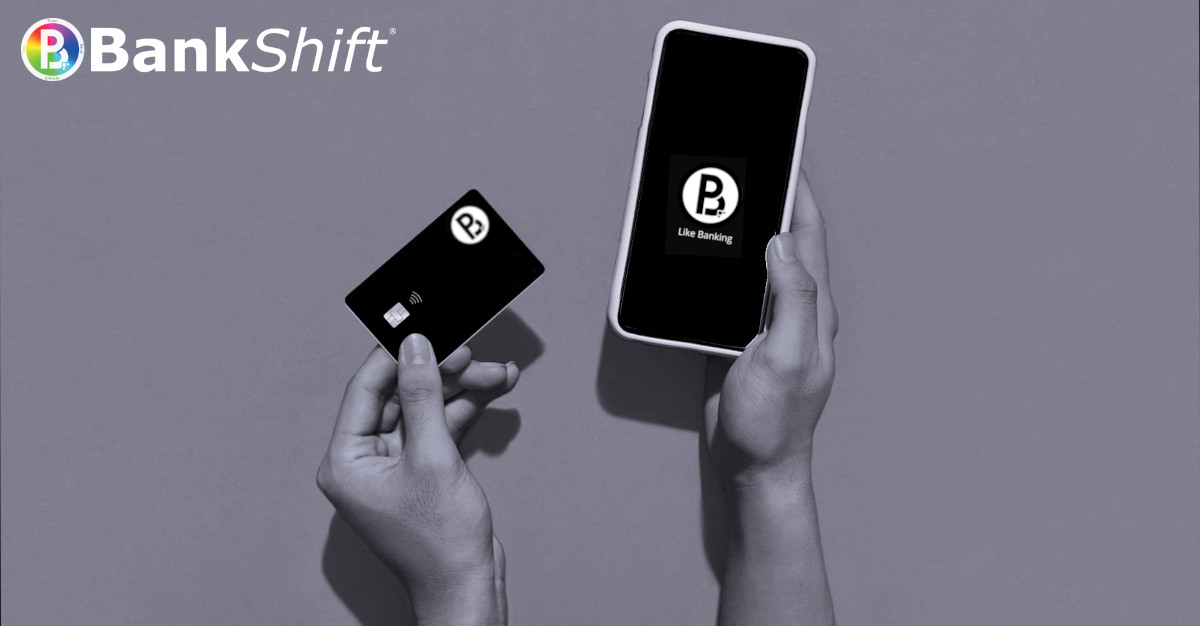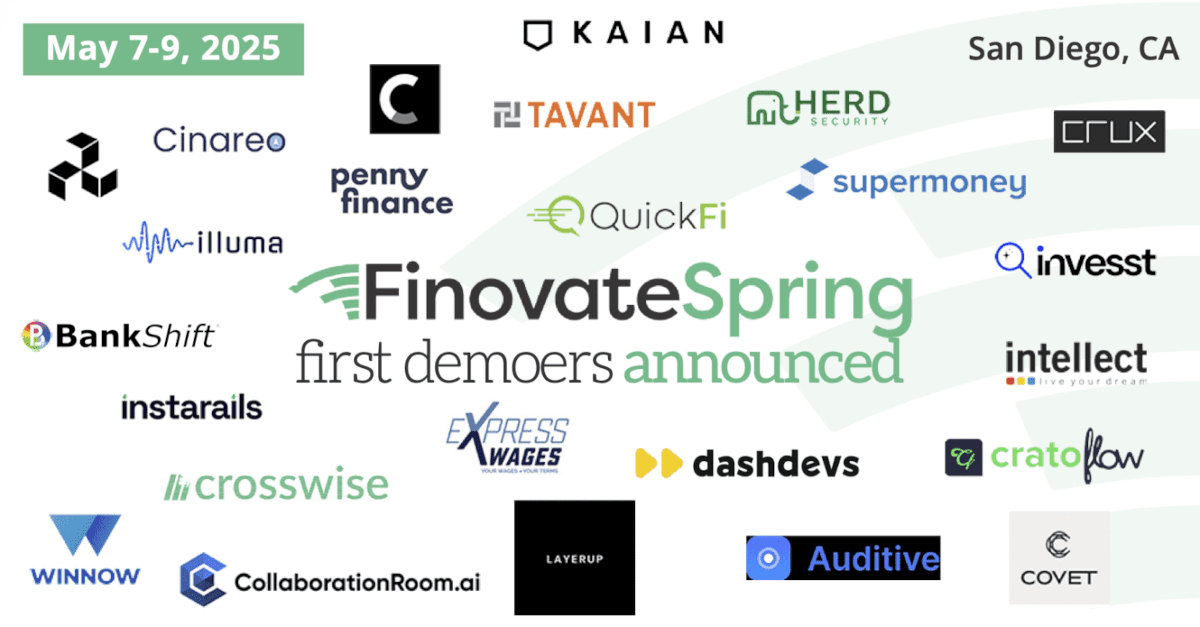Banking as a Platform & Banking as a Service explained.
In recent years, there has been a notable surge in the adoption of banking services. Non-financial brands have actively embraced this trend, providing innovative financial products directly to customers to broaden their revenue streams.
What’s a BaaP?
BaaP stands for “Banking as a Platform.” Similar to BaaS, it refers to a model where non-bank entities provide services to banking institutions. These services are then integrated by the financial institutions and offered to their own customers. In this model, financial institutions enhance their services with innovations developed by fintech companies. This model encompasses not only traditional banking products but also non-banking services such as insurance, investments, and payments.
For example, consider a scenario where a financial institution (FI) integrates and provides solutions developed by an external fintech firm into its existing ecosystem to improve financial offerings and customer experience. The fintech features are seamlessly provided through the bank to its customers via a software development kit (SDK), ensuring the highest level of security and compliance behind the financial institution’s protection and control.
What’s BaaS?
BaaS stands for “Banking as a Service.” It refers to a model where a financial institution (FI) or third-party provider offers banking-related services through APIs (Application Programming Interfaces). In this model, businesses or developers can access and integrate banking services into their own applications or platforms without having to build and maintain a full banking infrastructure.
For example, consider a scenario where an FI integrates and provides solutions powered by a third-party BaaS provider for digital enablement.
Despite overall downturns in fintech funding and regulation, both BaaS and BaaP providers are experiencing growth. Some reports even suggest that the market is on the verge of mainstream adoption within the next few years.
Here’s how brands can operate under the BaaP & BaaS model:
BaaP Integration with brands: Financial Institutions provide SDK (owned by the financial institutions) to third parties which provides the option to use all of the financial institution’s products and vendors comprehensively.
User Experience: The SDK (and therefore the Financial Institutions) is responsible for rendering the user experience with it’s financial products end to end (including onboarding and fraud)
Extension of services (example): Financial Institutions may have relationships with identity verification providers (for example) and may easily extend the financial institution’s integration ID verification providers out to the brand through the financial institution’s SDK.
Architecture: This requires the financial institutions’ platform to be architected in a way to treat brands or third parties as “just another financial institutions branch” with the full capability of the financial institutions platform in use. Software sits within the financial institutions firewall.
Example: Large financial institutions leverage this model and deliver client features via SDKs.
BaaS Integration with brands: Financial Institutions provide APIs to extend banking services out to third parties such as fintechs which calls the financial institution for specific functionality.
User Experience: The third party is responsible for the majority of the user experience, calling on the financial institutions for CRUD operations.
Extension of services (example): If a financial institution has a relationship with an ID verification provider, typically the third party or brand may have a separate relationship with the same or different provider, with an implementation that is different from the financial institution’s implementation.
Architecture: At most financial institutions, the vision or thought of extending all of the financial institutions’s partnerships from onboarding to fraud to other operations (like customer service) has not been baked into their platform architecture and therefore very difficult to export to a third party as a comprehensive package.
Example: Fintechs like Chime leverage BaaS providers and Brands like Apple leveraged BaaS.
To gain a deeper understanding of the trajectory where BankShift is heading in 2024 and beyond, or for more information on how to take the next steps in your digital-first journey, please feel free to contact us.
References on growth:
According to Deloitte, the total addressable market (TAM) of BaaS is expected to grow significantly over the next five to ten years, reaching an approximate value of $90 billion to $105 billion by 2030.
According to Juniper Research, the BaaP market revenue is set to grow over 1,125% by 2028. The TAM of BaaP is expected to increase significantly over the next five years, reaching an approximate value of $4 billion to $49 billion by 2028.
About BankShift:
BankShift is a brand-on-banking ecosystem for digital banking platforms, crafted by humans with deep experience in digital-first and data-driven innovations from leading financial institutions and brands. Our platform, featuring patent-pending technology, harmonizes brands with banking technology, enabling community banks and credit unions to seamlessly embed their digital banking ecosystem within third-party apps. This approach reduces costs, creates new revenue streams, enforces compliance, and builds empathetic loyalty among members, customers, and fans.





